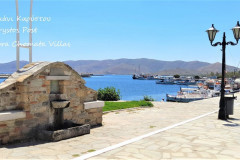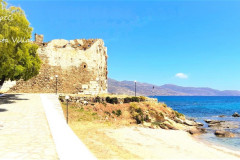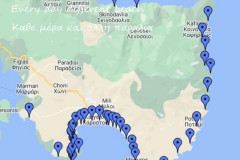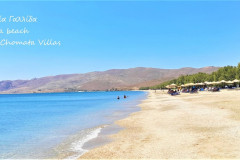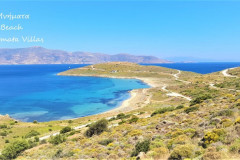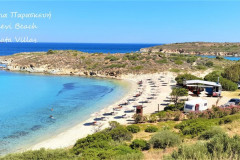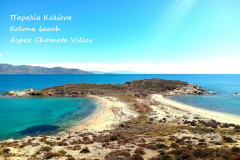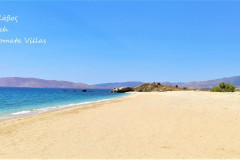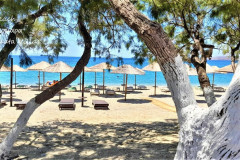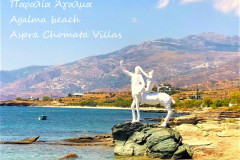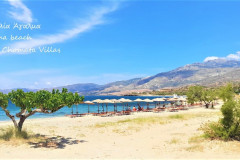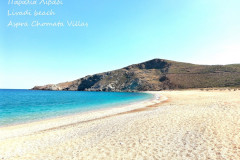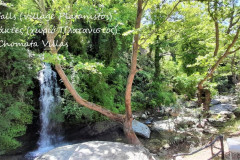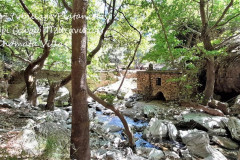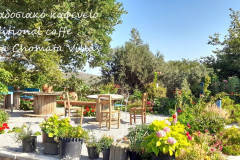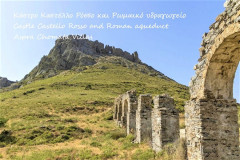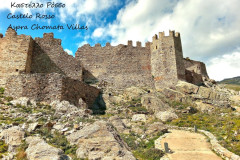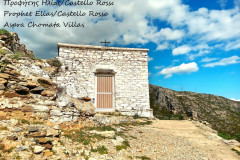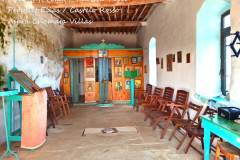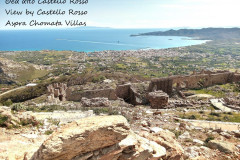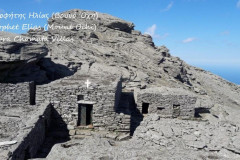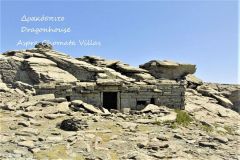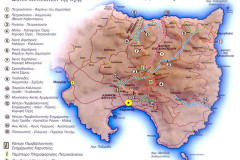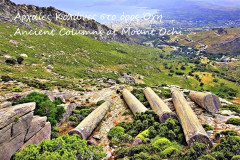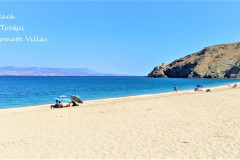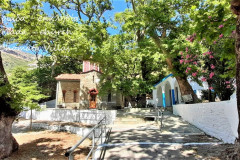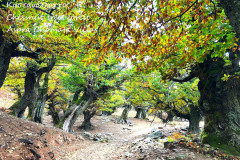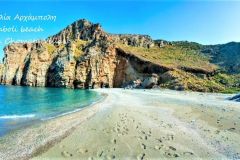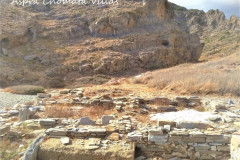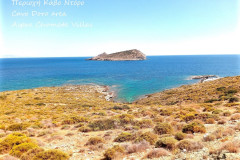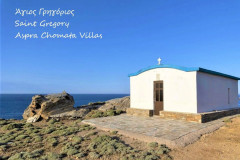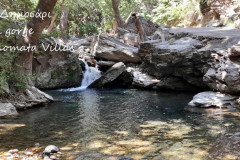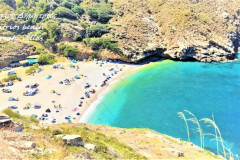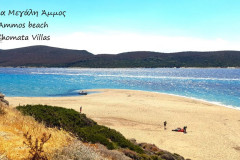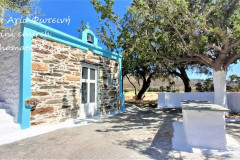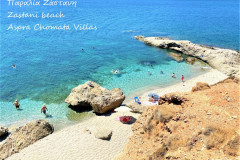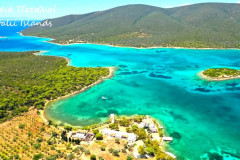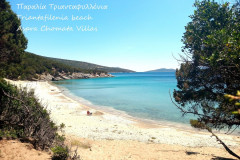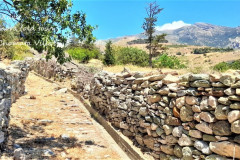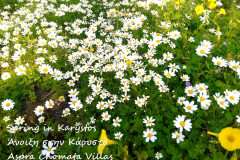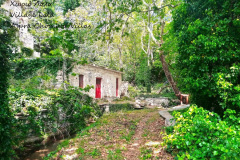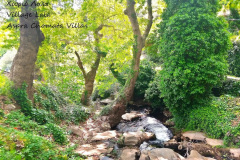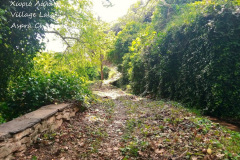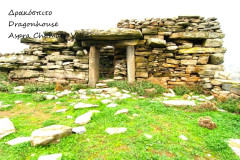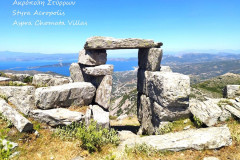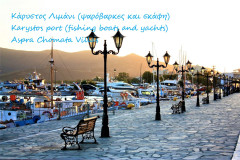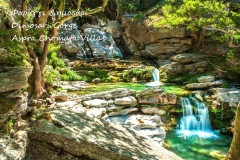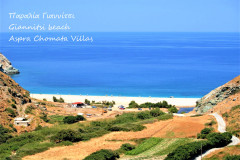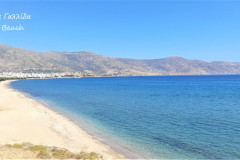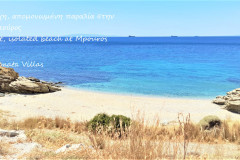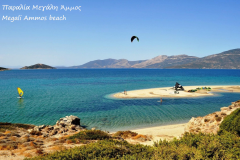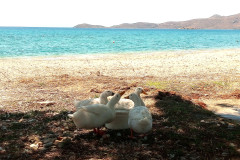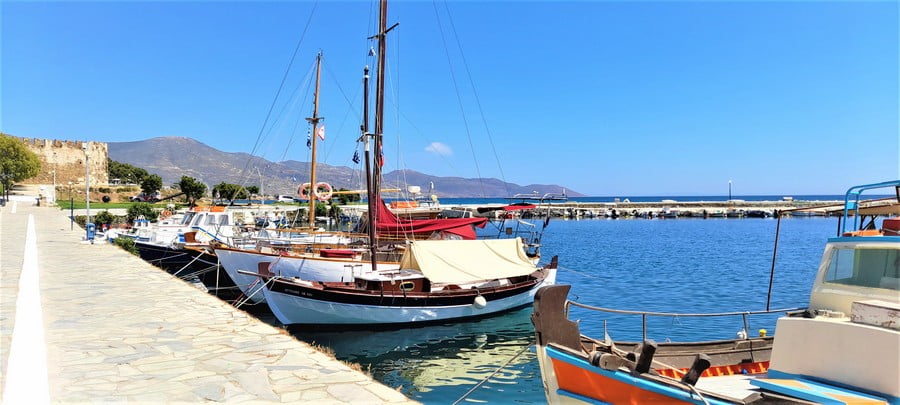
Karystos (Description / Brief History)
A well-built city, with wonderful streetscapes, public neoclassical buildings, mansions, traditional buildings and cosmopolitan life.
A picturesque port, with the jetty and the mulberry trees that capture the visitor in their shade and “treat” him to the delicious mezes of the traditional cafes and ouzories.
Spotless beaches with endless sands, crowded beaches and deserted coves that cover every desire for swimming, fun, fishing, diving, sailing, water sports and romantic moments.
The imposing mountain “Ochi”, with its forested slopes in the northeast and the Aegean landscape in the southwest, crossed by gorges like Dimosaris and valleys like Platanistos, is unique for nature excursions.
The most widely known ancient monument “Drakospito” on top of Mount “Ochi”, where the loves of Zeus and Hera wandered.
The ancient quarries of Karystine marble.
The Castello Rosso and Burzi castles, a reminder of the bloody conquests of the city over the centuries.
The beautiful villages of Gourna. Above the plain of Karystos, with its waters and springs, customs and traditions.
People, fishermen and breeders, quarries and merchants, vine growers, olive growers and beekeepers, who keep their hearts and doors open to strangers.
A sufficient number of hotel units of all categories in the center and many agritourism accommodations in the wider region can satisfy every need.
A rich cultural summer with theater and dance events, concerts, beach parties, art exhibitions and festivals.
The first examples of human civilization in the area date back to the Neolithic era (4000-2000 BC).
According to mythology, it was named after Karystos, son of the centaur Chiron, who is considered its founder. From a different point of view than the “karya”, the fruits of the chestnut tree that grows on the steep slopes of Mount “Ochi”.
Karystos was the fourth most important city of Evia during antiquity. The alektor (rooster) / (karus-karyx in ancient greek language) was printed on her coins, a “singing” symbol of the city.
Its geographical position, at the southernmost tip of the island of Evia, was a decisive factor for its development as it was a crossroads from the Greek trunk to the insular Aegean and the East.
During Roman times, the famous cipollino marble was mined from its quarries, owned by the respective Roman Emperor.
Franks, Lombards, Venetians and Turks conquered Karysto during the Modern Times.
After its liberation from the Turks in 1833, a new course of development followed.
The inhabitants were moved from the northern area next to the port, establishing the new town of Karystos, which began to be built in 1843 by order of Otto, based on the layout plans of the Bavarian engineer Birbach.
Many Karystian benefactors, who excelled abroad, donated magnificent public buildings to the city, the first being the Kotsikas family and Nikolaos Yokalas.

